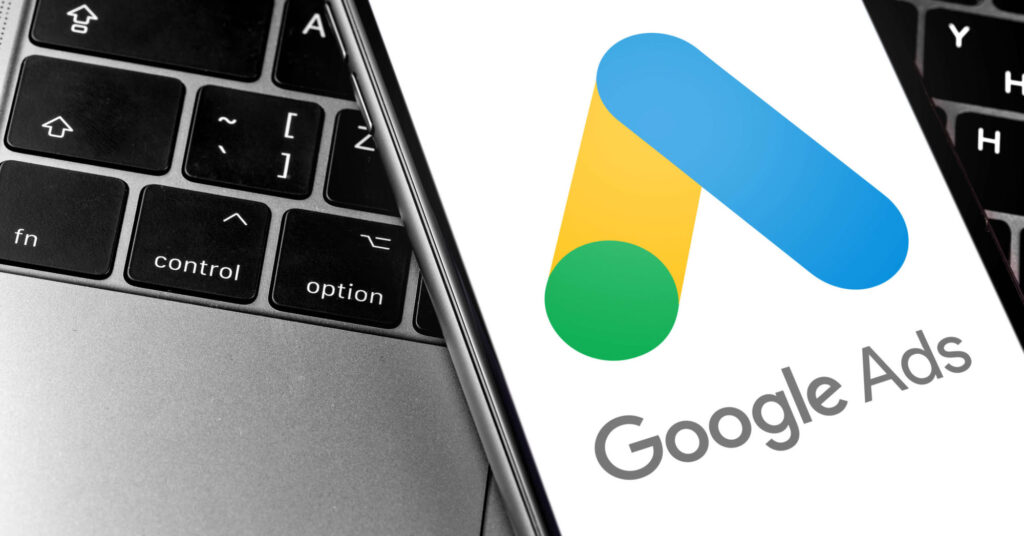What is the performance max?
Performance max (PM) is the culmination of the movement in recent years towards more automated Google Ads solutions. These include Universal App Campaigns and Smart Shopping, where the user has far less influence on setting up and customizing campaigns. PM is the first step towards delivering an (almost) fully automated, full-funnel solution - something that has long been an ambition of Google.
The way the format works is that we give Google all the creative material we have available, i.e. ad texts, selling points, images and video material. From there, Google takes this collection of creative and creates text, image and video ads. We then tell the system which conversion point we're interested in optimizing for, and then we let the algorithm run wild.
Google's promise is that they can reach ready-to-buy users with the right message, on the right channel, as long as we give them free rein.
Pros and cons
Setting up
Advantage: Easy. PM is generally easy to set up because we leave a lot to the algorithm. This means that you can essentially achieve a relatively comprehensive setup without having to configure a larger setup.
Disadvantage: General and broad. If you have the creative material in place anyway, you can configure a guaranteed more customized setup that is easier to get insights from.
Signals
Advantage: Secret signals. Google has access to a number of signals that we cannot actively target ourselves. For example, users' previous browsing behavior. This data has enormous potential.
Disadvantage: Not unique. These signals also act as secondary optimization signals for our actives when we have CPA or RoAS targets on. Thus, they are not unique to Performance Max.
Creative
Advantage: Google composes itself. Google has more freedom in terms of creative as it can mix and match text with banners. However, it is based on Machine Learning, so customization depends on data.
Disadvantage: Bad history. We don't always have good experiences with the quality of Google's creatives. Dynamic banners have the potential to look a bit scratchy and Google may cut the video material we upload.
Data
Advantage: What you don't see, you don't feel sorry for.
Disadvantage: Performance Max is a black box. We are not told what has worked. Basically, it could be targeting brand keywords on Google without us knowing it. Likewise, we are unable to optimize on what works / doesn't work because we have no way to find out.
Infrastructure
Advantage: Full plate. Google utilizes their entire network via PM - Search, Gmail, YouTube, Display and Discover. That way you reach a wide audience.
Disadvantage: Questionable tracking. The Google ecosystem doesn't talk to each other very well in general. For example, analytics tracking is almost useless when it comes to display. It's hard to trust impact and attribution as long as that's the case.
Is it worth using performance max?
As with Google's other automation solutions, there is a loss of control. This can be good and bad. If we look at automated bidding strategies and dynamic search ads, they performed poorly at first, but have been refined over time and are almost indispensable. So we'll probably also see this as a product that will have a long ramp-up period to be widely applicable.
However, Google has stated that this is not an A-Z solution that will replace all your activities, but rather as a complementary activity to your other activities.
My guess is that many specialists (especially at agencies) will be skeptical about the new format. After all, those who spend all their time combining targeting with the right messages should be able to put something together that a machine can't yet. But there will definitely be situations where we will see that Performance Max can do really well if you have enough data and creative.















